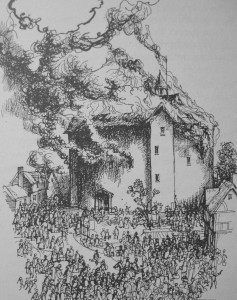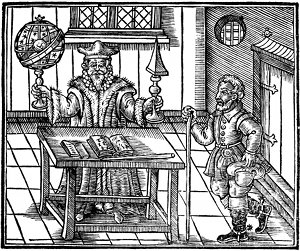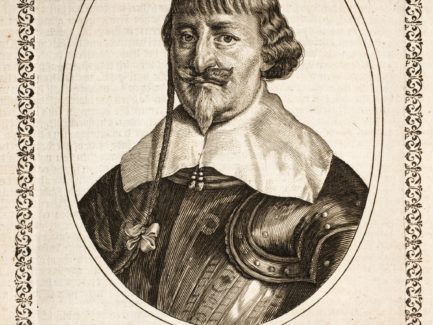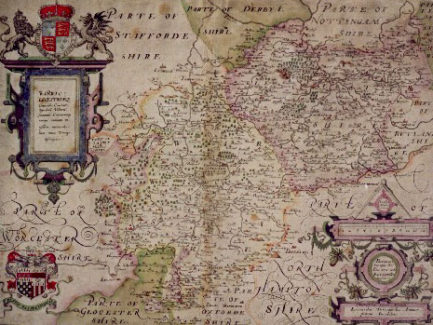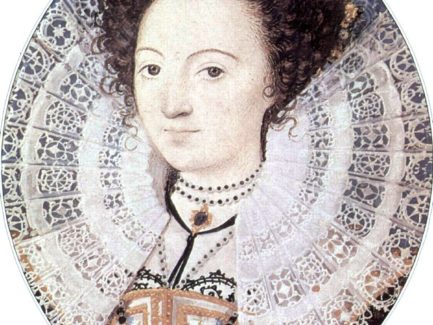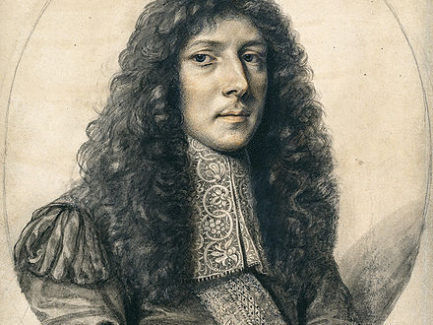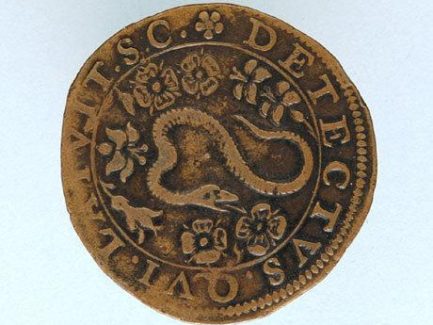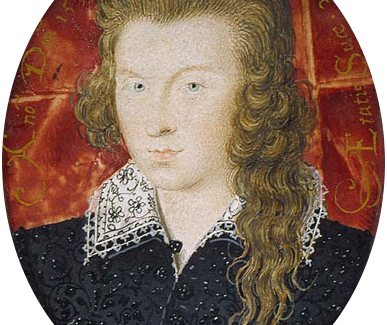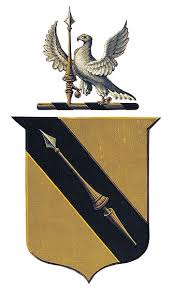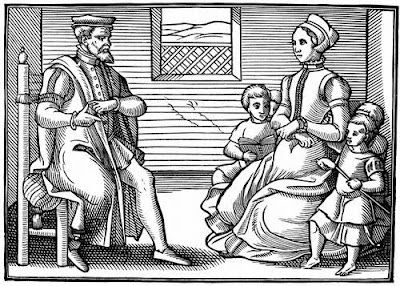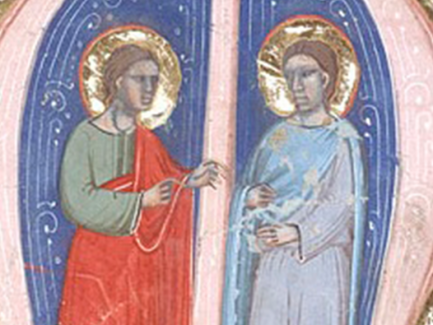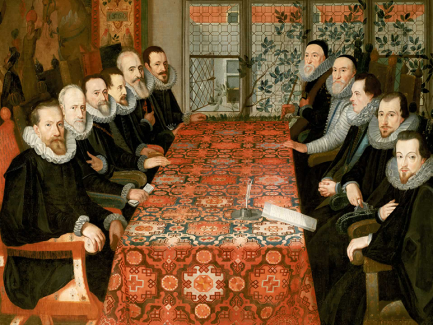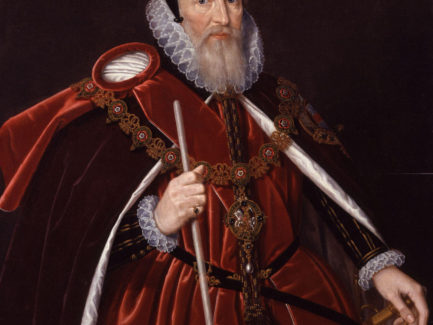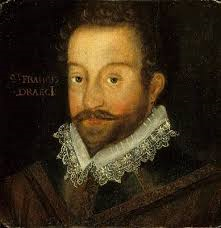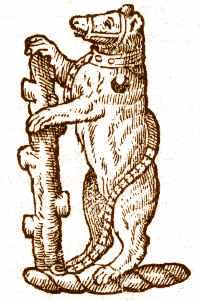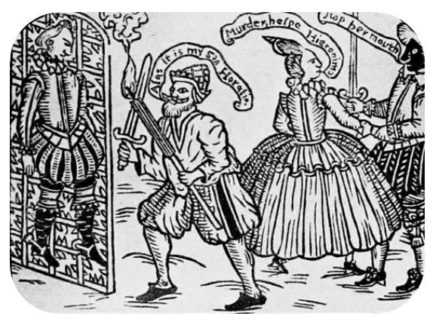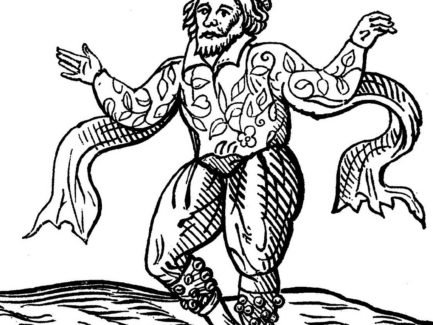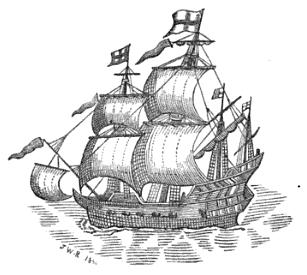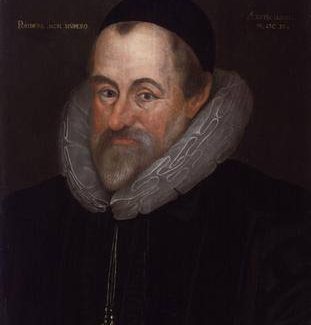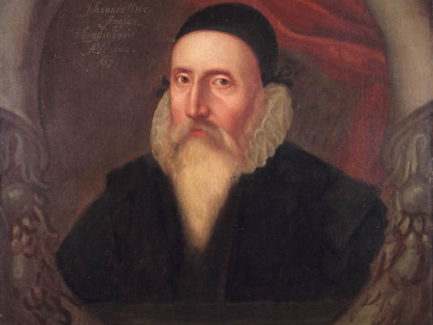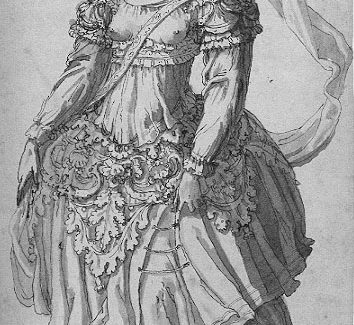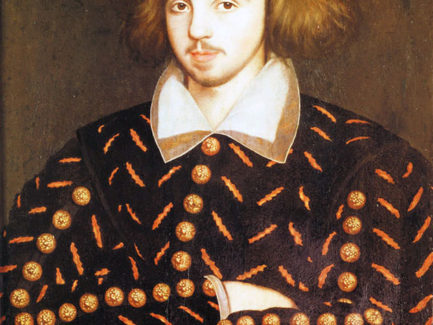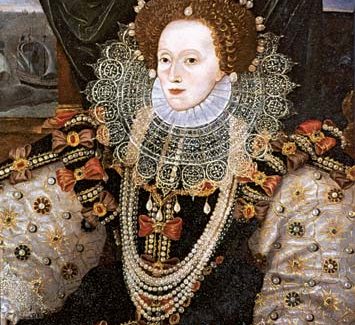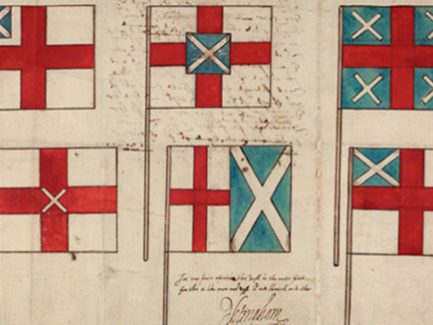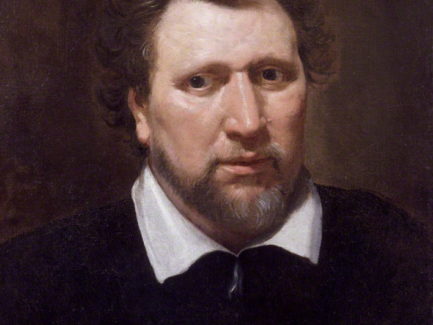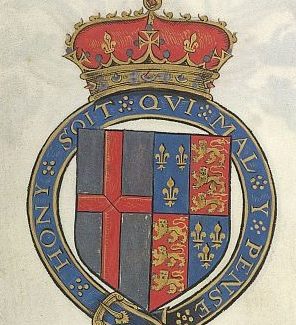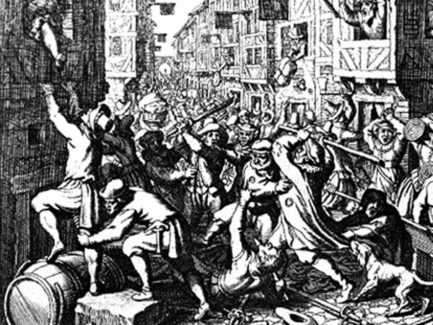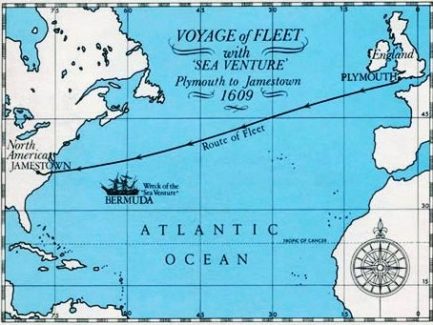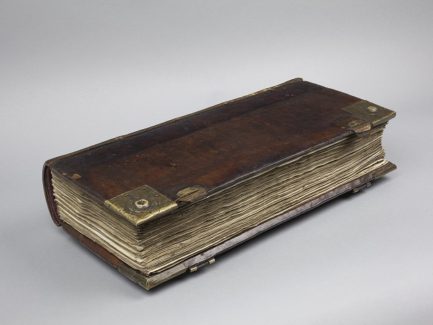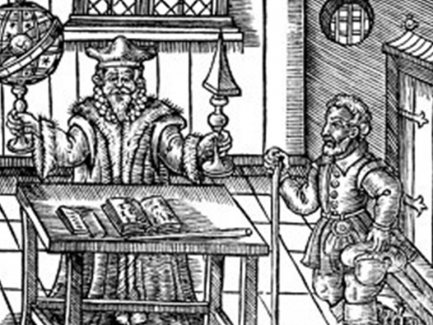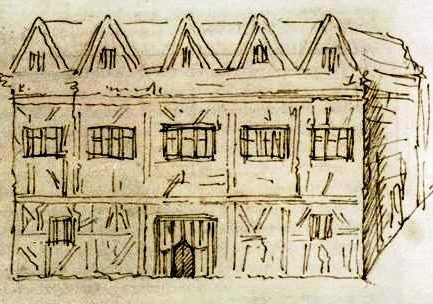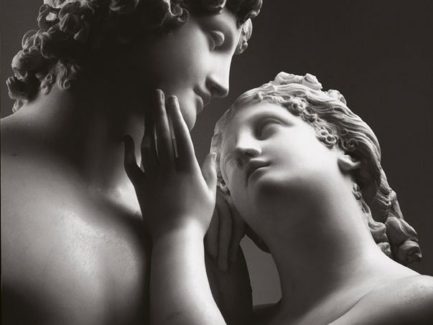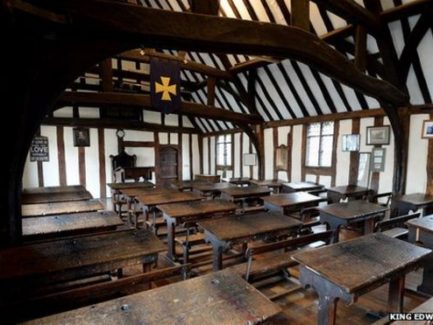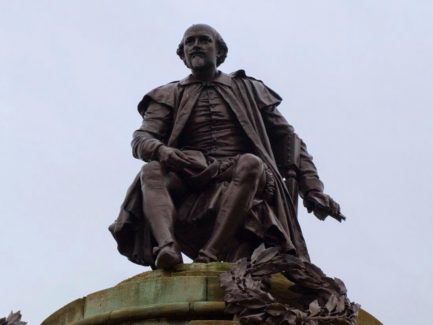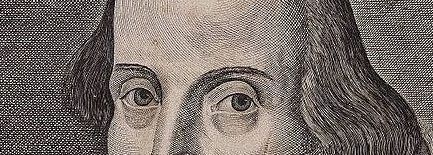Why are the two quarto version of Hamlet different?

Eighteen of Shakespeare’s plays were printed during his lifetime in cheap versions known as ‘quartos’. A quarto was a book made from printed sheets which had been folded into four sections. When the large sheet of paper was folded in half, and then in half again, it resulted in four double-sided leaves. The smaller size of these books gave them their name, and ensured they were cheaper and quicker to print. Quartos of Shakespeare’s plays which are now known as ‘bad’ quartos were printed without permission from Shakespeare’s playing company and without being recorded on the Stationers’ Register. They were often created by actors using their parts (their character’s lines and cues from the script) and their memory of the rest of the play. The first quarto of Hamlet, known as the ‘bad’ quarto, was printed in 1603. ‘Good’ quartos were based on a playwright’s original manuscript or the prompt copy belonging to the playing company. The second quarto of Hamlet, known as the ‘good’ quarto, was printed in 1604 and is nearly twice as long as the first quarto.
The first quarto of 1603 is interesting because it contains more detailed stage directions, such as ‘Enter Ofelia playing on a Lute, and her hair down singing’ and ‘Enter the ghost in his night gown’. The second quarto from 1604 and the folio version from 1623 give little more detail than ‘Enter Ophelia, distracted’ or ‘Enter Ghost’. It is likely that the detailed stage directions in the bad quarto were added by people who had seen the play in performance or by actors who had performed in the play. The different quartos of Hamlet also include different versions of Hamlet’s most famous speech in Act 3 Scene 1. The speech in the first, ‘bad’ quarto of 1603 is shorter and starts with the lines:
To be, or not to be, I there’s the point, To Die, to sleep, is that all? Aye all: No, to sleep, to dream, aye marry there it goes, For in that dream of death, when we awake, And borne before an everlasting Judge, From whence no passenger ever returned, The undiscovered country, at whose sight The happy smile, and the accursed damn’d.
(Act 1 Scene 2)
Hamlet’s speech in the second, ‘good’ quarto of 1604 is longer and starts with the lines:
To be, or not to be, that is the question, Whether tis nobler in the mind to suffer The slings and arrows of outrageous fortune, Or to take Arms again in a sea of troubles, And by opposing, end them, to die to sleep No more, and by a sleep, to say we end The hart-ache, and the thousand natural shocks That flesh is heir to; tis a consummation Devoutly to be wished to die to sleep, To sleep, perchance to dream, I there’s the rub, For in that sleep of death what dreams may come When we have shuffled off this mortal coil Must give us pause…
(Act 1 Scene 2)
© 2019 Shakespeare’s World
To read more about this topic and other events on this day in Shakespeare’s lifetime, you can see our recommendations for further reading and visit our website to buy Shakespeare’s World App or to follow us on social media.




